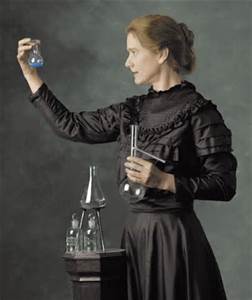The latest Organisation for Economic Co-operation and Development (OECD) report makes for shocking reading, particularly if you’re a British female scientist. As published in The Sunday Times on 22nd February, 2015, the gap between British girls and boys in science is one of the largest in the world.
The report assessed 67 countries who participated in the OECD Programme for International Student Assessment (PISA) test and
Britain’s results were in the bottom five, alongside Costa Rica and just above Colombia. In order to ensure women are represented in the scientific industry there needs to be a focus on getting more young girls passionate about this fascinating topic. One great example of this effort is the Google Science Fair is a global online science and technology competition open to individuals and teams from ages 13 to 18.
The Analytical Scientist’s 2014 Power List focused on the ‘next generation’ of analytical scientists with readers voting for the ‘Top 40 Under 40’. 32.5% of the Top 40 Under 40 were women and while this may not be the ‘ideal’ 50:50 ration it’s a good start.
At The Scott Partnership our clients cover the whole spectrum of life sciences and we are proud to say that our team includes scientists with equal gender representation. However, the educational statistics seem to suggest that this will be even rarer in the future if we don’t act now. Women have always paid a key role in science, from Marie Curie to Marie Goeppert-Mayer and we hope this report is all that is needed to wake people up and realise why science needs women.
Do you feel this report represents the scientific world you operate in? Who do you believe is the most influential woman in science?






